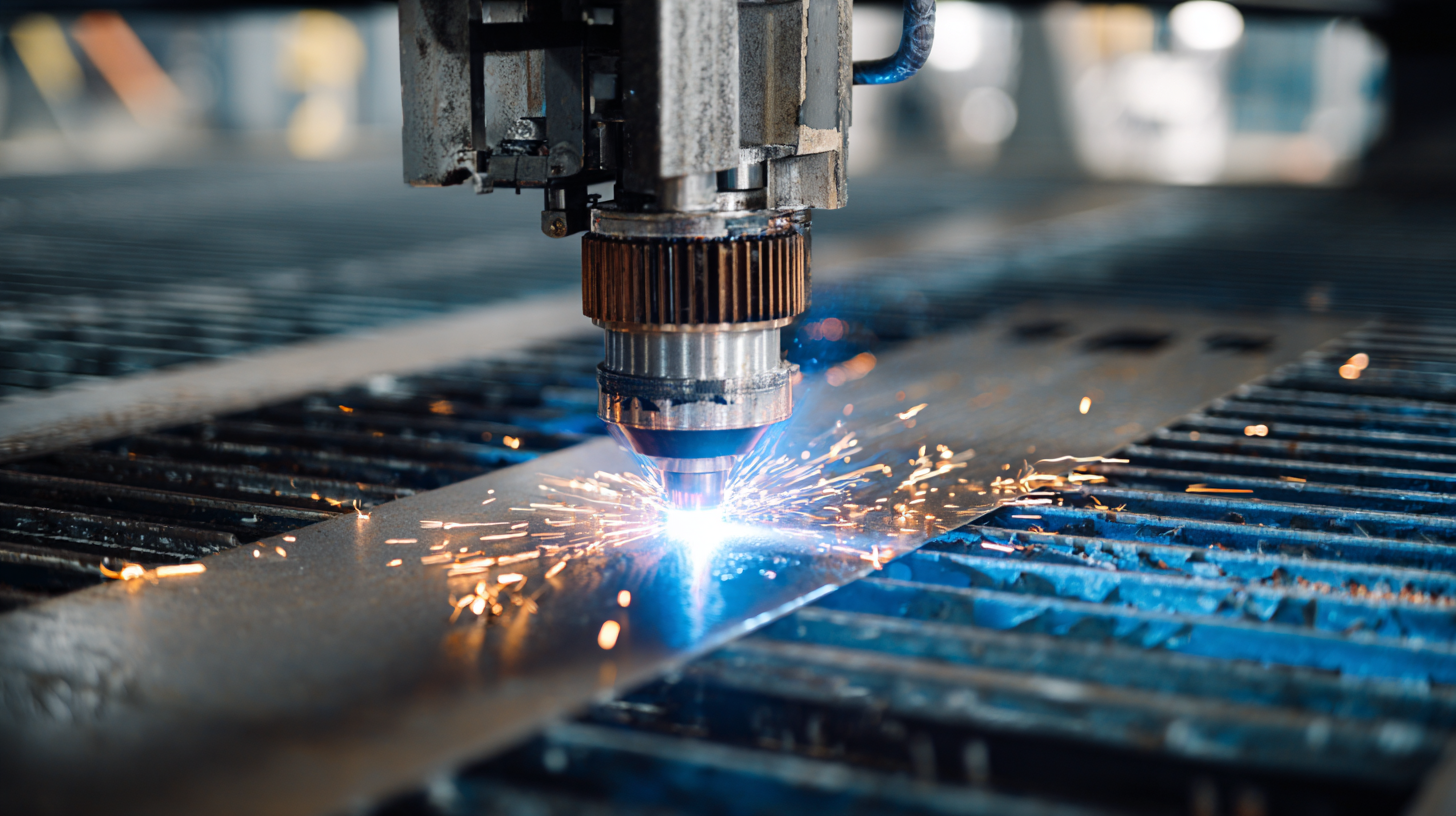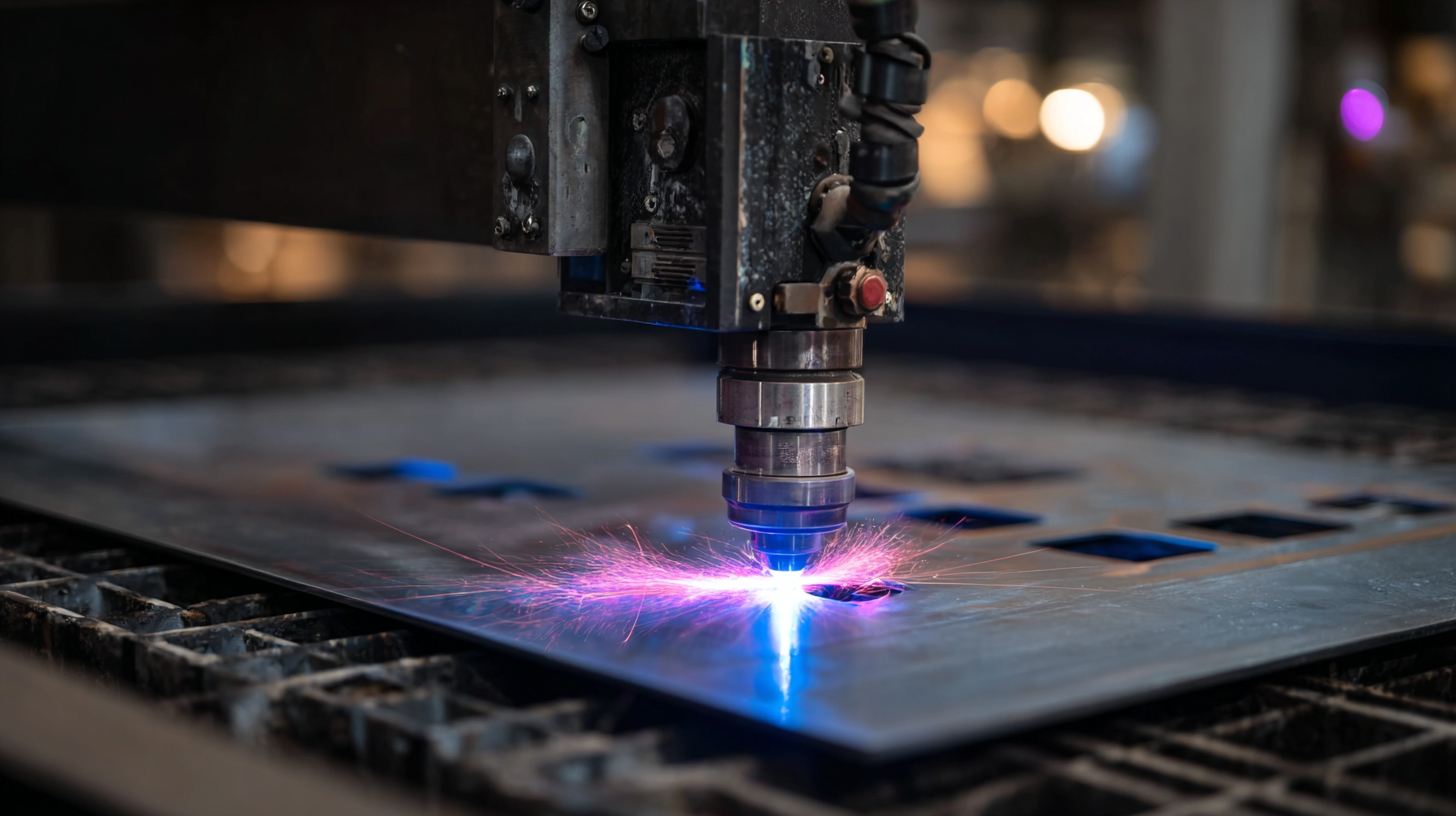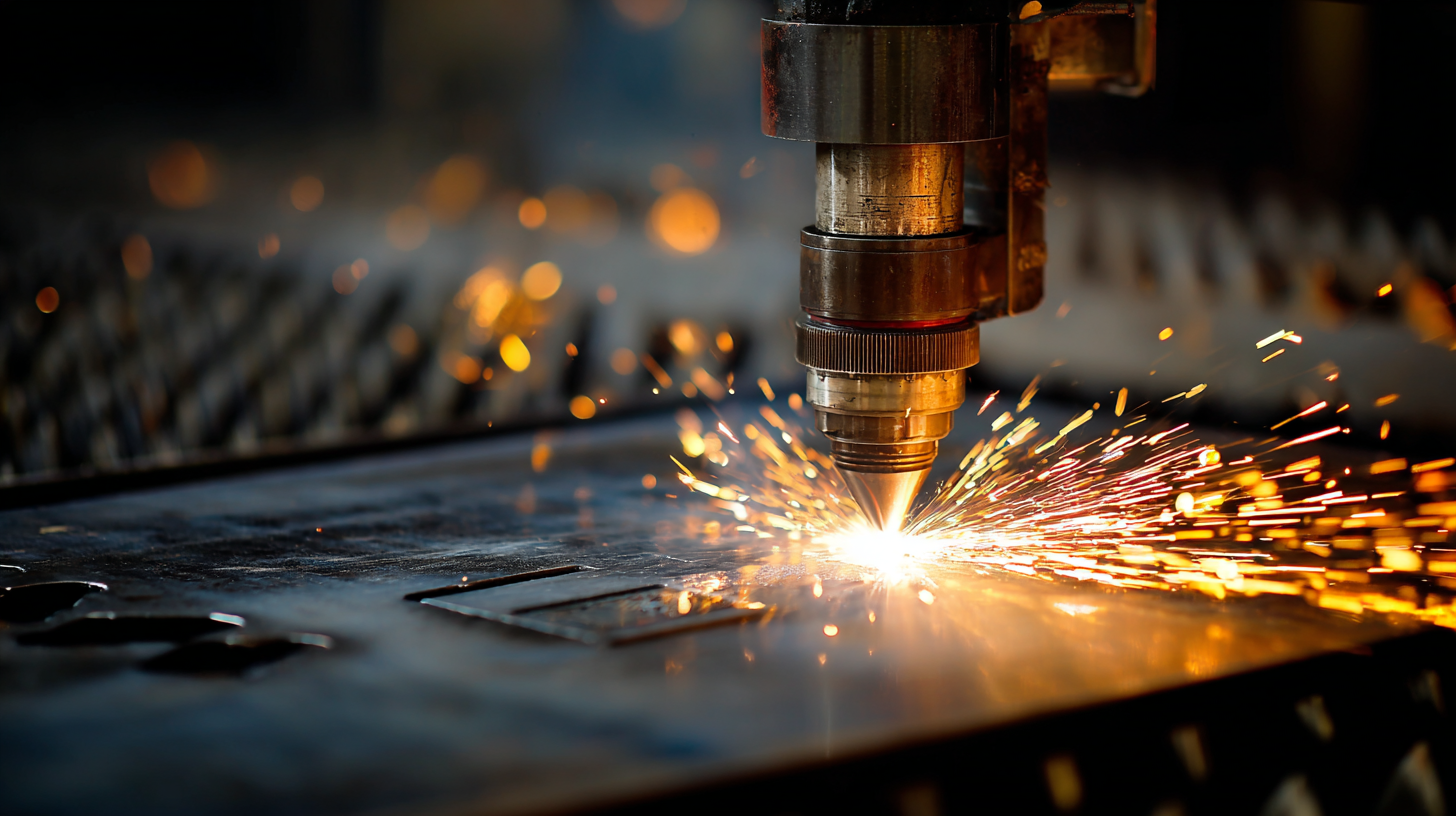Discovering Innovations: Exploring Alternative Technologies to the Best CNC Plasma Cutting Tables
In the realm of metal fabrication, the significance of precision and efficiency cannot be overstated, making the CNC Plasma Cutting Table a vital asset for many industries. According to industry reports, the global CNC plasma cutting machine market was valued at approximately $5 billion in 2020 and is expected to reach $8 billion by 2026, highlighting a robust growth trajectory driven by technological advancements and increasing demand for high-quality cutting solutions. However, challenges persist, such as operational complexity and the high costs associated with traditional plasma cutting systems. This blog aims to address these issues and explore alternative technologies that promise to enhance cutting efficiency, lower operational costs, and ultimately revolutionize how businesses approach their metalworking needs. By delving into innovative solutions and comparative analyses, we aim to provide valuable insights for industry professionals seeking to optimize their processes.

Innovative CNC Plasma Cutting Technologies Revolutionizing Manufacturing Efficiency
The landscape of CNC plasma cutting technologies is undergoing a significant transformation, leading to heightened manufacturing efficiency across various industries. Recent industry reports indicate that advancements in plasma cutting systems can improve productivity by as much as 30%. This enhancement is primarily driven by innovations such as automated height control and advanced motion systems, which ensure consistent and precise cuts, minimizing material waste and operational downtime.

To fully leverage these innovative technologies, manufacturers must assess their current equipment and explore options that integrate smart software solutions for real-time monitoring and analytics. Tip: Investing in user-friendly interface software can make it easier for operators to optimize their workflows. Furthermore, incorporating adaptive cutting technologies can lead to energy savings of approximately 20%, demonstrating that innovation is not only about speed but also about sustainability in manufacturing processes.
Consideration should also be given to ongoing maintenance and support for these advanced technologies. Regular training programs for operators can enhance skill sets, thus ensuring the innovations are utilized to their fullest potential. Tip: Establish a routine maintenance schedule to prolong the lifecycle of cutting equipment and maintain peak performance, which is crucial in a competitive market.
Comparing Traditional vs. Alternative CNC Plasma Cutting Methods: A Data-Driven Approach
The comparison between traditional and alternative CNC plasma cutting methods reveals significant advancements in technology and performance. According to a report by MarketsandMarkets, the global CNC plasma cutting machine market is projected to reach $2.5 billion by 2025, driven primarily by the demand for efficiency and precision in various industries. Traditional methods often rely on high-pressure air, which can lead to warped edges and inconsistent cuts. In contrast, alternative technologies, such as high-definition plasma cutting, offer a reduction in kerf width and enhanced accuracy, which is particularly beneficial for complex projects.

When considering these methods, it's crucial to assess the overall cost of ownership. Traditional plasma cutting machines may present lower initial costs, but you should factor in maintenance and operational expenses. A study from Technavio indicates that high-definition plasma machines can improve cutting speeds by up to 50%, potentially leading to lower labor costs over time.
Tips: Always analyze your specific cutting needs and production volume before making a decision. Investing in a high-definition setup might pay off quicker than a traditional machine for businesses requiring high-quality finishes. Additionally, don't overlook the importance of staff training; proper operator skills can significantly enhance the performance of any CNC plasma cutting technology.
The Role of Automation and AI in Enhancing CNC Plasma Cutting Performance
The integration of automation and artificial intelligence (AI) in CNC plasma cutting is revolutionizing the efficiency and precision of manufacturing processes. By employing advanced automation technologies, manufacturers can streamline production workflows, reduce human error, and enhance overall operational productivity. Automated systems enable rapid adjustments in cutting parameters, accommodating a wide range of materials and thicknesses, while minimizing downtime. This not only speeds up production but also ensures consistently high-quality cuts, thereby meeting the rigorous demands of modern industries.
AI plays a crucial role in optimizing CNC plasma cutting performance by predicting potential failures and improving decision-making processes. With machine learning algorithms, these systems can analyze historical data to identify patterns and suggest adjustments in real-time. This predictive capability helps prevent equipment malfunctions, reducing maintenance costs and extending the lifespan of cutting tables. Furthermore, AI-driven software can enhance design processes by providing simulations that guide operators in achieving the best cutting strategies, ultimately leading to more innovative and cost-effective manufacturing solutions.
Innovations in CNC Plasma Cutting Technology
This chart illustrates the advancements in CNC plasma cutting technology over the years, highlighting the influence of automation and AI on cutting speed, precision, and efficiency.
Cost-Effectiveness Analysis: Investing in Advanced CNC Plasma Cutting Tables
The CNC plasma cutting machines market is on a significant growth trajectory, valued at approximately $673.2 million in 2024 and expected to expand at a compound annual growth rate (CAGR) of over 5.1% through 2034. This surge highlights an acute focus on cost-effective solutions in industries that rely on precision metal fabrication. As businesses seek to enhance efficiency while minimizing production costs, investing in advanced CNC plasma cutting tables is becoming a strategic move for manufacturers worldwide.
In the broader context, the global machine tools market is projected to grow from $97.1 billion in 2024 to an impressive $196 billion by 2034, reflecting a robust CAGR of 7.5%. This growth is driven by innovations across various sectors, particularly in regions like China, which is emerging as a leader in advanced industrial technologies. The increasing demand for efficient, cost-effective production processes emphasizes the importance of adopting advanced CNC plasma cutting technologies that not only
improve productivity but also reduce operational expenditures. As companies navigate the complexities of modern manufacturing, understanding the financial implications of such investments becomes critical for sustainable growth.
Future Trends in CNC Plasma Cutting: Sustainability and Eco-Friendly Innovations
The CNC plasma cutting industry is undergoing a transformative shift towards sustainability and eco-friendly innovations, reflecting the growing demand for greener manufacturing practices. According to a report by Research and Markets, the global CNC plasma cutting machines market is projected to reach $5.7 billion by 2025, with an increasing emphasis on environmentally responsible technologies. Manufacturers are now prioritizing systems that optimize energy consumption and reduce waste, thereby significantly lowering their carbon footprint.
One notable innovation is the integration of advanced plasma cutting techniques that enable the use of reclaimed and recyclable materials. A study by the American Welding Society highlights that up to 40% of the materials used in fabrication can be recycled, emphasizing the potential for plasma cutting to contribute to circular economy initiatives. Additionally, modern CNC systems equipped with automated air filtration mechanisms further enhance air quality by minimizing harmful emissions, aligning with both regulatory standards and consumer preferences for sustainable production methods. This evolution not only benefits the environment but also positions companies favorably in a competitive market that increasingly values eco-conscious practices.
Discovering Innovations: Exploring Alternative Technologies to the Best CNC Plasma Cutting Tables - Future Trends in CNC Plasma Cutting: Sustainability and Eco-Friendly Innovations
| Innovation Type | Description | Sustainability Impact | Advantages | Future Trends |
|---|---|---|---|---|
| Plasma Cutting Technology | Advanced CNC plasma cutters using inert gases for better efficiency. | Reduces waste material. | High precision and speed. | Integration with IoT for real-time monitoring. |
| Hybrid Cutting Systems | Combining plasma and laser cutting technology for enhanced capabilities. | Minimizes energy consumption. | Versatility in cutting different materials. | Development of smart software solutions. |
| Eco-Friendly Plasma Cutting | Utilizing environmentally safe gases and recyclable materials. | Lowers carbon footprint. | Improves workplace safety. | Regulatory compliance on environmental standards. |
| Robotic Plasma Cutters | Automation of plasma cutting processes for increased productivity. | Optimizes resource usage. | Reduces labor costs and human error. | Advancements in AI for more adaptive cutting. |
 English
English  Français
Français 